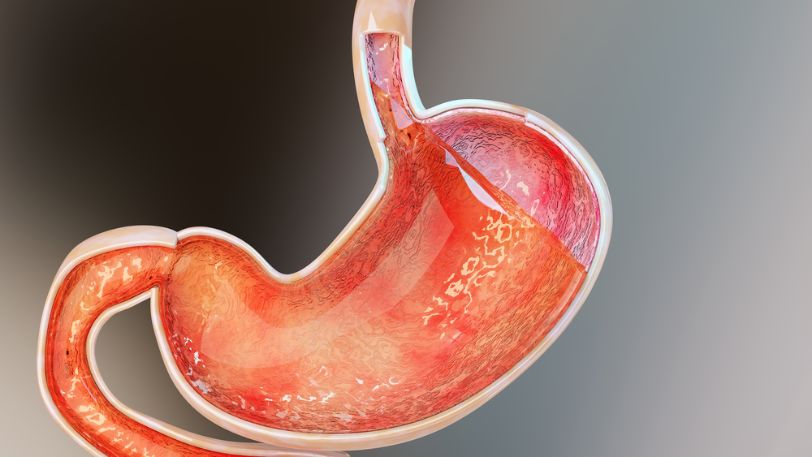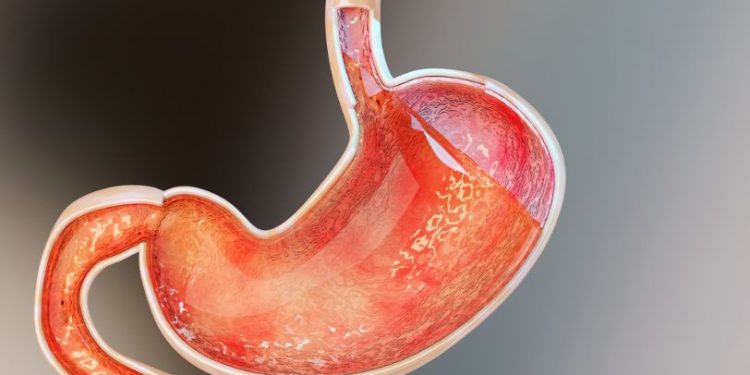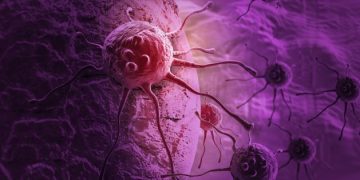Stomach cancer forms when there’s a mutation (change) in the DNA of stomach cells. This causes the cells to grow faster than normal and overtake healthy ones. The cancer may also spread to other parts of the body, which is called metastasis. The symptoms of stomach cancer depend on the type and stage of the tumor. The first signs and symptoms might include indigestion or pain in the upper part of your belly (abdomen). You may lose weight without trying or have black stools. In later stages, the cancer can cause you to feel very tired and to have trouble sleeping. You may also vomit blood or have a swollen abdomen.
Your doctor will use several tests to find out if you have stomach cancer. These might include an endoscopy — a thin tube with a camera that’s passed into your mouth, throat and oesophagus, then into your stomach and small bowel. A CT scan — a test that uses x-rays and a computer to make pictures of your insides — is another way doctors look for signs of a tumour. A positron emission tomography/CT scan (PET-CT) can help determine whether or not the tumour has spread to other organs and tissues.
If your doctor diagnoses you with stage 2 stomach cancer, it means the tumour has reached deeper layers of the stomach wall but hasn’t spread to nearby lymph nodes or other parts of the body. The stages of stomach cancer are based on a system called TNM. The “T” stands for how far the tumour has grown into the stomach’s inner lining; the number indicates how large it is. The “N” refers to how many nearby lymph nodes contain cancer, and the letter describes whether or not the cancer has spread to other parts of the body.

In stage 2, the tumour has grown through the mucosa layer of the stomach and possibly into the submucosa or muscular layers. It has also spread to one or two of the lymph nodes closest to the stomach. If the cancer hasn’t spread to other parts of the body, it is considered at a low risk of returning.
Stage 3 cancer has grown through all the layers of the stomach into the serosa — the outer layer of connective tissue. It has also spread to three or more nearby lymph nodes but not to distant sites. In stage 3, the tumour has a higher chance of returning and spreading to other parts of the body.
If the cancer has spread to other parts of the abdomen, you might have a swollen tummy and trouble breathing. Cancer that spreads to the liver might cause yellowing of the skin and whites of the eyes. And cancer that spreads to the lungs might cause shortness of breath. Doctors might recommend treatments such as surgery, chemotherapy and radiation therapy. They might also suggest clinical trials that are testing new ways to treat recurrent stomach cancer.









